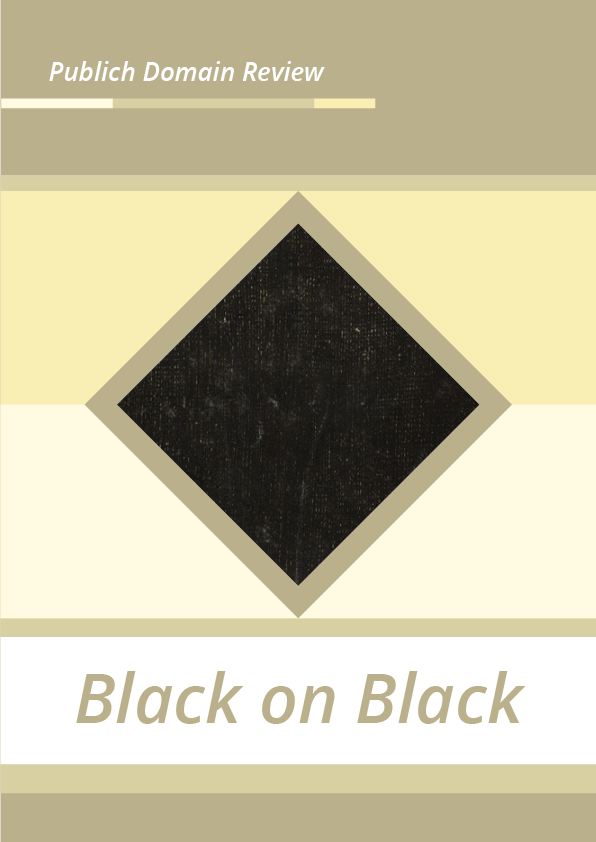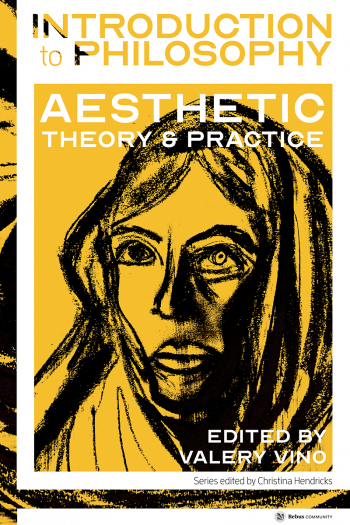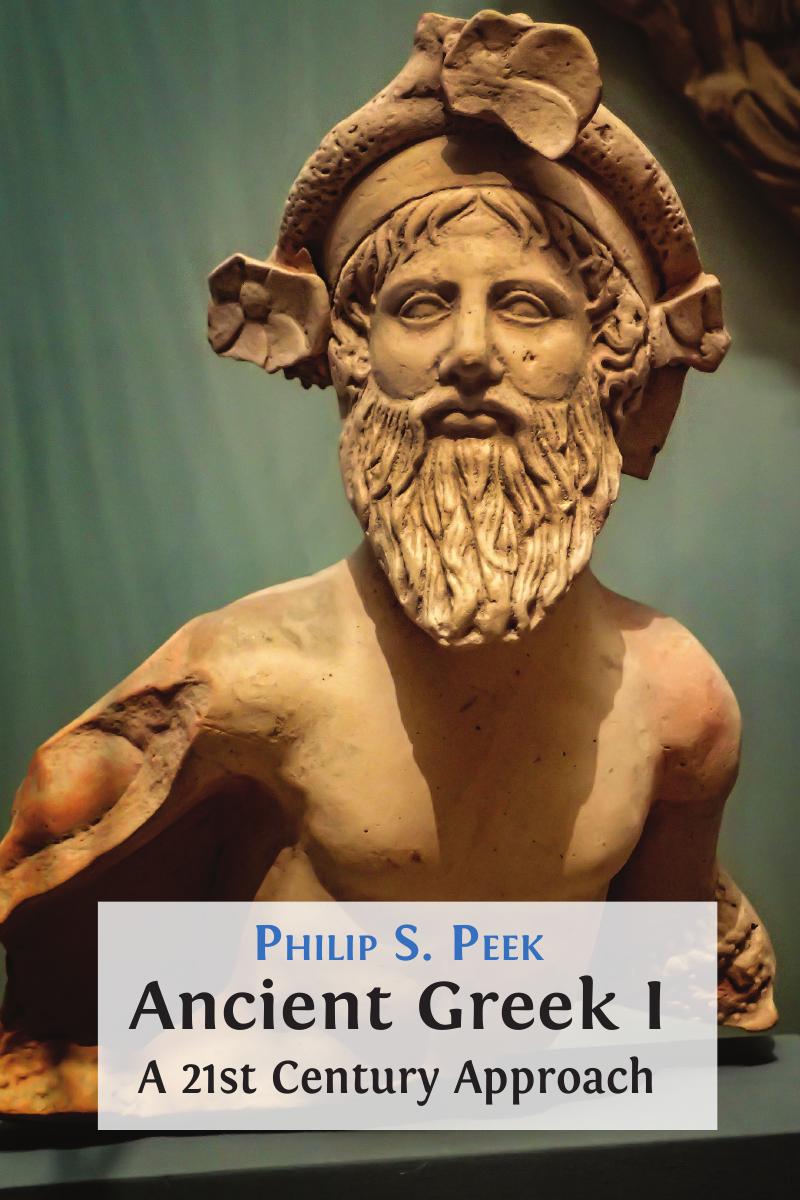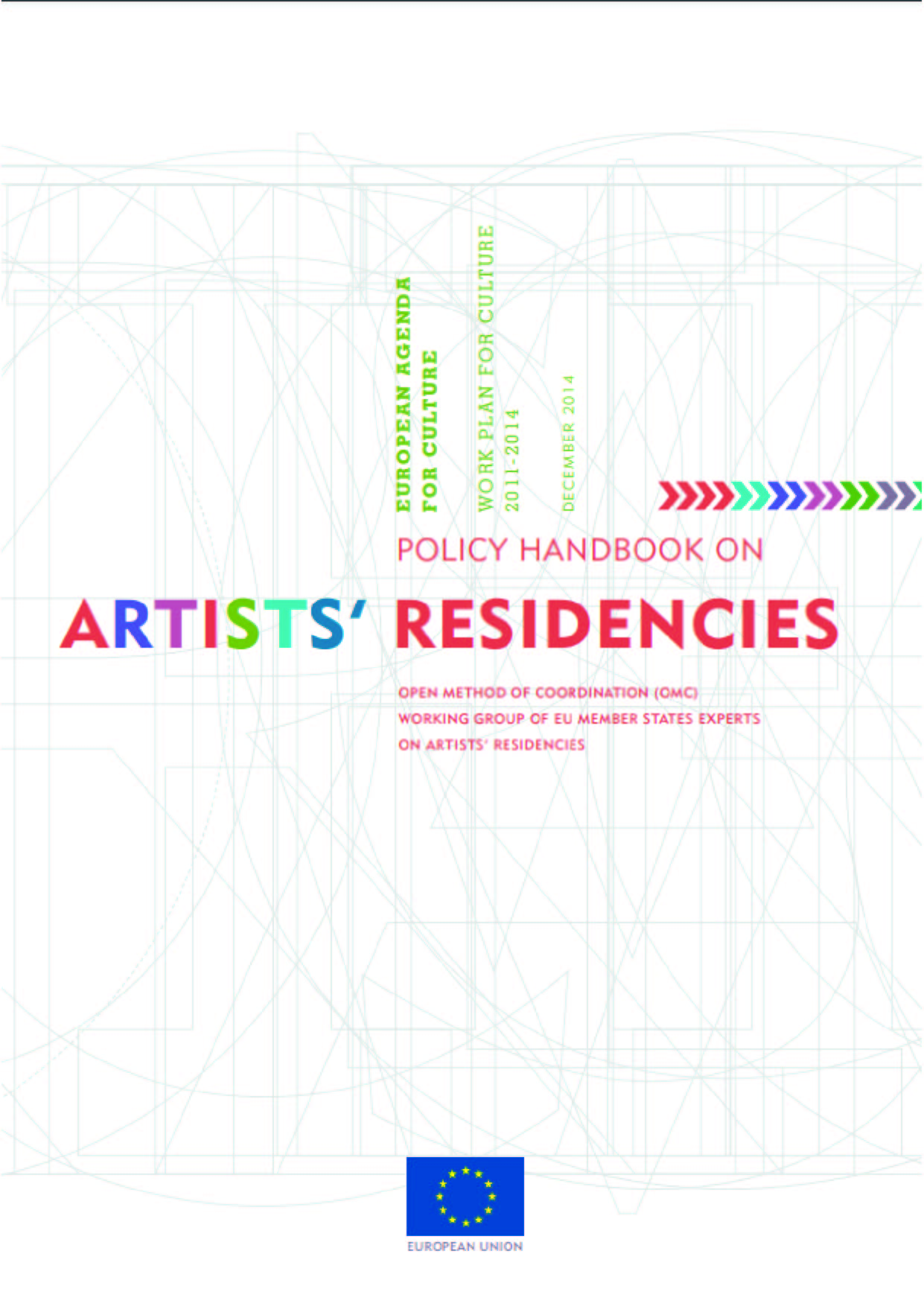Should we consider black a colour, the absence of colour, or a suspension of vision produced by a deprivation of light? Beginning with Robert Fludd’s attempt to picture nothingness, Eugene Thacker reflects* on some of the ways in which blackness has been used and thought about through the history of art and philosophical thought.
Some time ago I was doing research for a seminar I planned to offer on “media and magic”. I was interested in the concept of magic as it existed in the Renaissance, and in particular with the so-called occult philosophy of thinkers like Marsilio Ficino, Giordano Bruno, Heinrich Cornelius Agrippa and Robert Fludd. It was while reading about Fludd that I discovered a startling image. It was from his major work, an ambitious, multi-volume, syncretic theory-of-everything with the cumbersome title The Metaphysical, Physical, and Technical History of the Two Worlds, the Major as well as the Minor. Fludd published his work between 1617 and 1621, and each volume is generously supplied with diagrams, tables and images. The image that jumped out at me is quite simple. In a section discussing the origin of the universe, Fludd was compelled to speculate on what existed prior to the universe, which he describes as an empty nothingness, a sort of “pre-universe” or “un-universe”. He chose to represent this with a simple black square.
The image was startling to me because it was so different from the other images of Fludd’s that we are used to – elaborate, ornate, hyper-complex diagrams that detail all the movements of the planets or of the mind. The black square was also startling because it immediately brought to mind examples from modern art, the most noteworthy being Kazimir Malevich’s Black Square on a White Ground from 1915. Being a former literature student, I was also reminded of the enigmatic “black page” from Laurence Sterne’s The Life and Opinions of Tristram Shandy, Gentleman (1759-67). Fludd’s black square was, to be sure, enigmatic. Not only that, but Fludd also seemed aware of the limits of representation, noting on each edge of the black square, Et sic in infinitum, “And so on to infinity…”
Looking at it out of context, I find Fludd’s image indelibly modern, in both its simplicity and its austerity. It was as if Fludd had the intuition that only a self-negating form of representation would be able to suggest the nothingness prior to all existence, an un-creation prior to all creation. And so we get a “colour” that is not really a colour – a colour that either negates or consumes all colours. And we get a square that is not really a square, a box meant to indicate boundlessness. For the image to work within the context of Fludd’s cosmology, the viewer must not see the image for what it is – a black square. The viewer must understand the square as formlessness and the black inside as neither a fullness nor an emptiness. This simple little image requires a lot of work on the part of the viewer, perhaps as much work as in Fludd’s other, more complex diagrams. For a synthetic, systematic thinker like Fludd, this must have been a difficult move. After all, The Metaphysical, Physical, and Technical History is, if nothing else, a totalising work, and work whose ambition is to include and to account for everything — even nothing…..
Eugene Thacker is the author of several books, including In The Dust Of This Planet (Zero Books, 2011). He teaches at The New School in New York.











